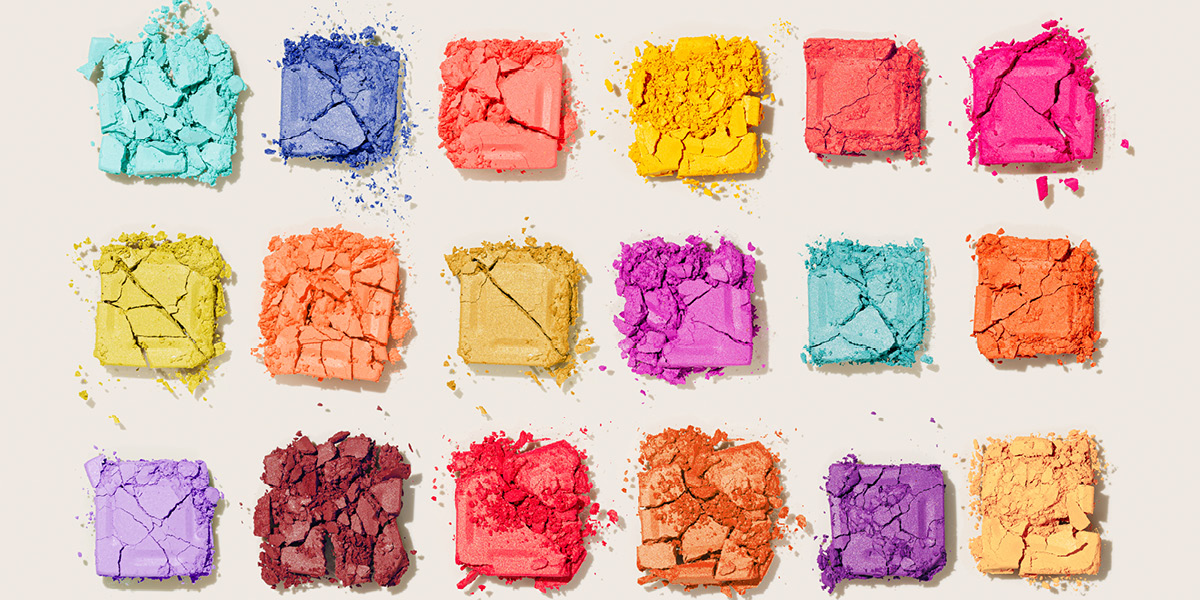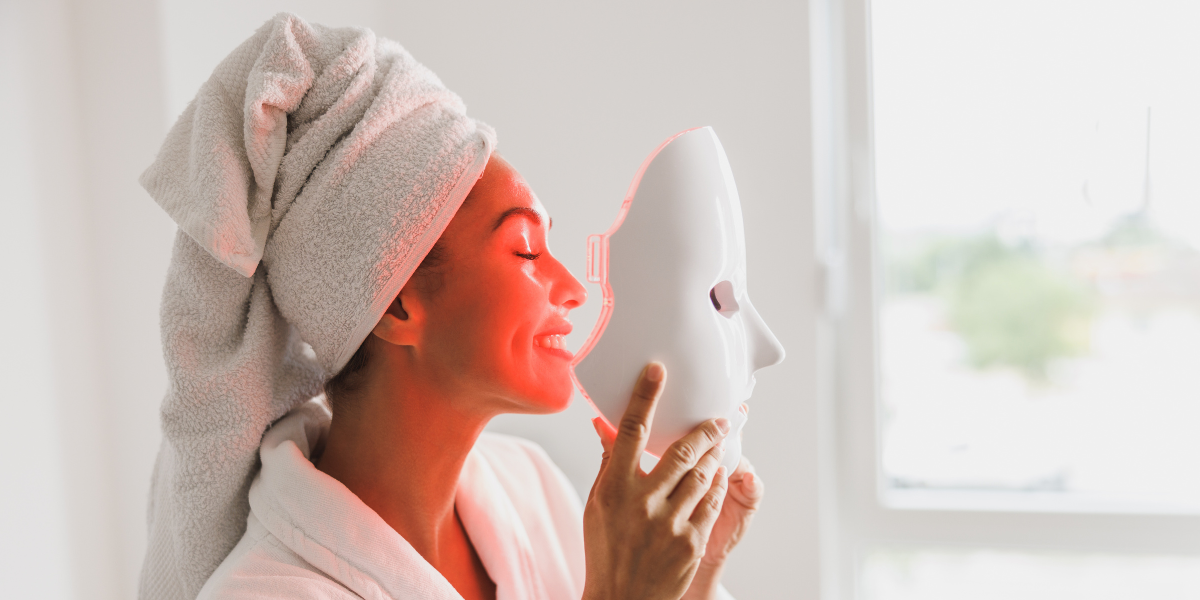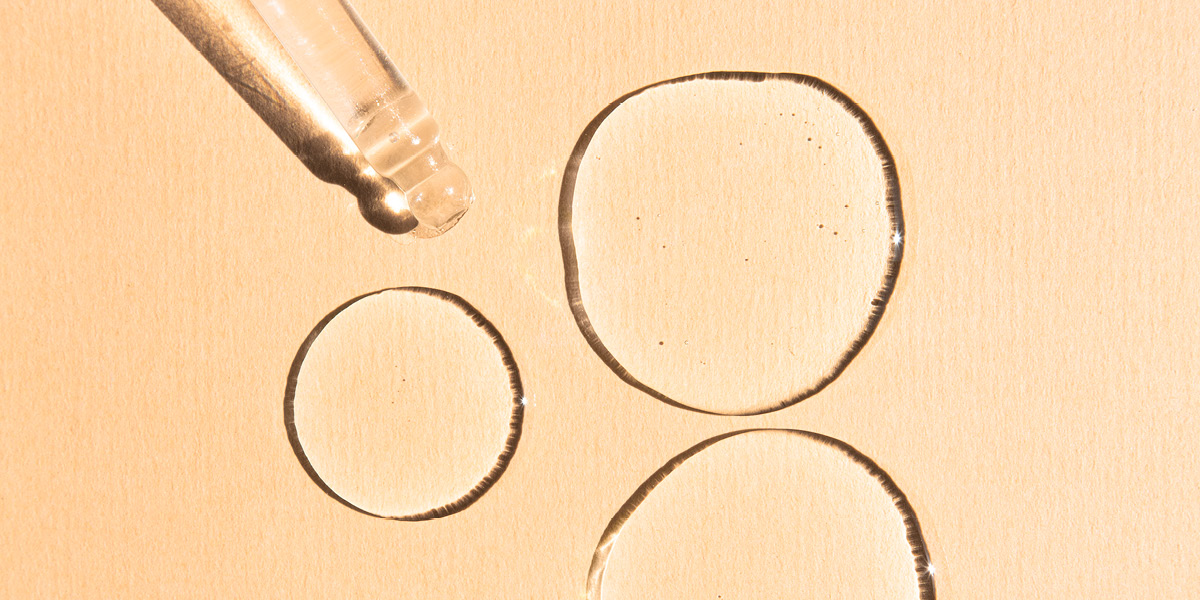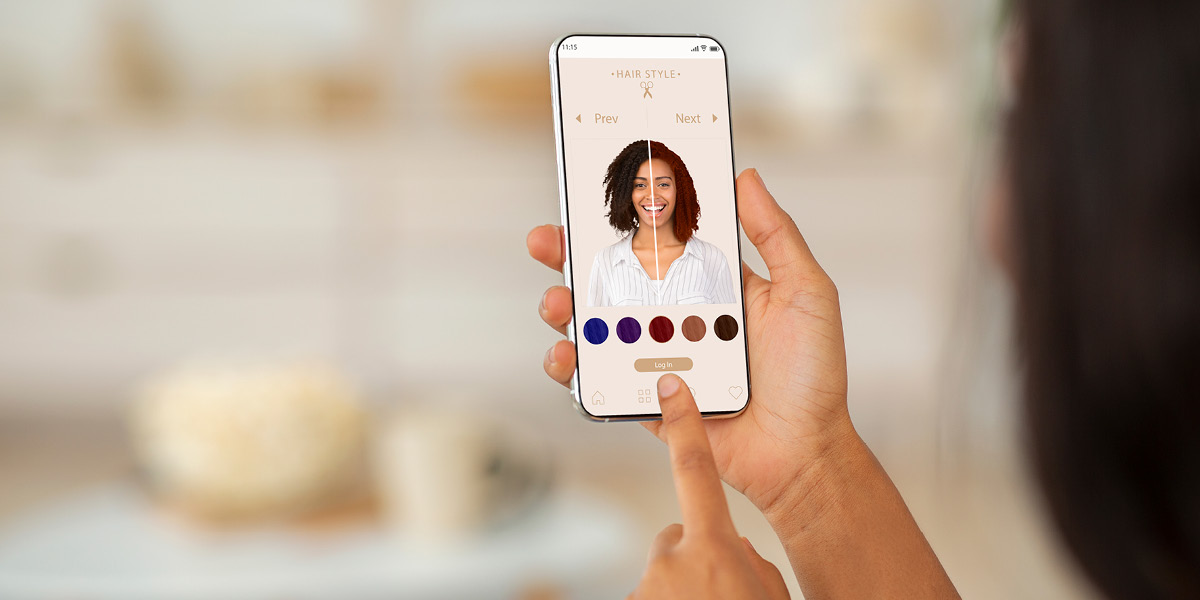It’s no secret that the health and beauty industry is constantly evolving. From the rise in nostalgia looks to the novel ways in which technology is used in the beauty space, there’s always something new happening in the world of health and beauty. Here are some of the biggest trends happening right now.

Nostalgia looks
The nostalgia trend is heating up, with ’90s- and ’00s-inspired styles aplenty. Whether you’re channelling Alicia Silverstone in the movie Clueless or the model Gigi Hadid getting her grunge glam on, there’s no shortage of inspiration here. The most popular iterations include:
- Barbiecore: a hyperfeminine take on classic girliness, with bold pastel colours, girly ruffles and plenty of pom poms for that extra bit of sass.
- Grunge glam: a throwback to the early 2000s when it was all about rocker style and barely there makeup. This look includes dark lips paired with smoky eyeshadow (and maybe even some overgrown eyebrows).
- Vintage/retro glam: an updated version of retro glamour mixed with vintage elements like feathers and chunky necklaces.

Using beauty for self-care
30% of Brits are dedicating more time to self-care since the pandemic and are utilising health and beauty products to advance their well-being.
Customers are progressively opting for beauty routines that do not solely enhance their outward appearance, but also contribute to their overall health and wellness. They are integrating products like personalised skincare treatments, soothing bath products, therapeutic body oils, and at-home versions of salon equipment (like LED face masks) into their regimen, transforming their beauty routines into well-rounded self-care rituals.
This trend signifies that modern consumers perceive beauty as a dimension of their health, equating good skin with overall well-being, looking internally to impact the external, thus presenting a multi-faceted approach to self-care.

Medicalisation of beauty
Medicalisation of beauty has been around for a long time, but it's become more prevalent in recent years. This refers to selling beauty products that claim to have medical benefits. The lasting effects of the pandemic, alongside the increase in technology within the beauty space, have created the perfect backdrop for ingredient-led products to take centre stage. The rise in demand came out of the pandemic when consumers didn’t want to stop their professional beauty routines; instead, they looked for products that could recreate these at home. Even with stores opening up again, consumers continue to look for products that offer high levels of convenience and product performance.
One great example of this new trend is Skin + Me, which offers dermatologist-designed products at home through an online platform. Skin + Me understands both the demand for dermatologists in the UK and also the lack of available dermatologists to meet this demand, and has found a digital-first way to meet the needs of its audience. Customers simply submit photos and other skincare information (such as skin type and any conditions) and the platform will provide personalised products right for each of them. Customers can then join a monthly subscription to continue their personalised skincare journey.

Technology and beauty
With the rise of technology, beauty brands are starting to embrace on-demand apps and social commerce. This can be seen with Sephora’s recent collaboration with Amazon. The popularity of these businesses has also spurred on a number of other retail options for consumers, including an increase in subscription boxes and services such as Beauty Pie that allow you to purchase makeup products without ever setting foot in a store.
While some companies are experimenting with new ways to sell their products online, others are finding success by tapping into personalisation technologies to create unique customer experiences. For instance, DCYPHER a cosmetics brand, use AI-powered skin tone measurement tools to create mixed-to-measure foundations. This technology takes the next step in product personalisation.
Getting your beauty brand noticed
In today’s world, beauty is a booming industry. But there are also many changes to how we think about it and what we use. These trends can help you stay ahead of the curve and give your company an edge in this competitive market!
Want support getting your beauty brand noticed in store or online? Let our experts lend a hand. From retail display design and influencer marketing to social media strategies, our omnichannel approach gives your brand the edge to reach customers wherever they are. Interested? Let’s talk.